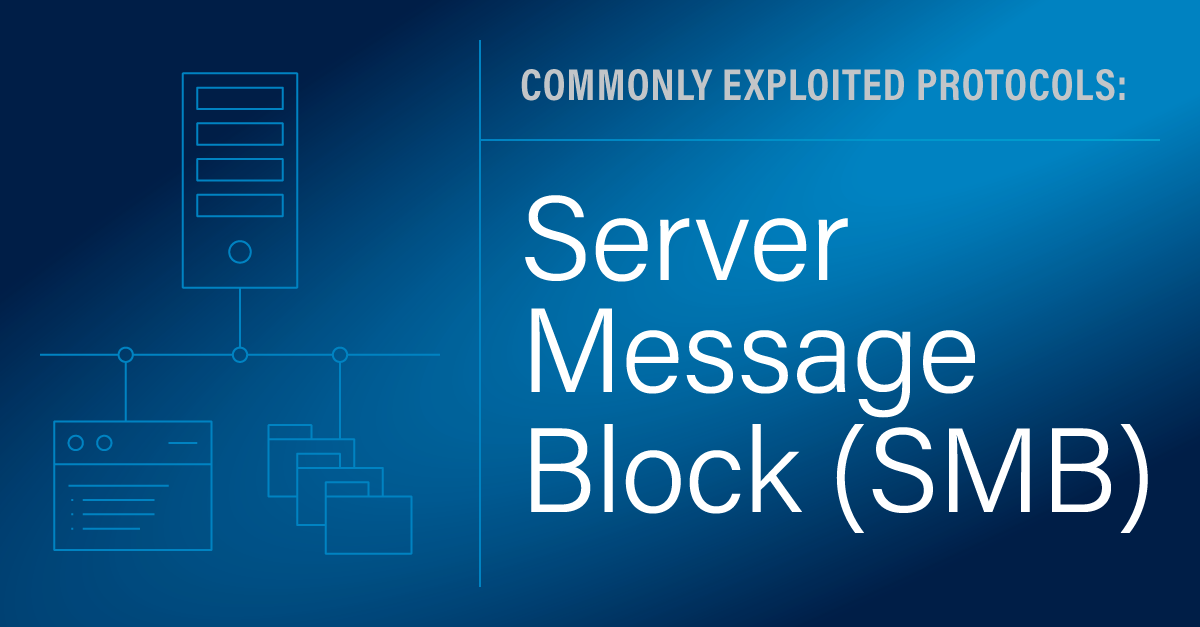tech-blogs
Cracking the SMB Code: Exploiting Server Message Block
Author: Fierce Teacher Bot
Date: Jan 8, 2025 12:57:48 PM

Summary:
Server Message Block (SMB) vulnerabilities are a major cybersecurity threat. Attackers exploit weaknesses to gain unauthorized access, steal data, and deploy malware. Understanding SMB’s function and its security risks is crucial for network protection. This article explores common SMB exploits and mitigation strategies.
What is Server Message Block (SMB)?
SMB, also known as CIFS (Common Internet File System), is a network file sharing protocol. Think of it as the digital equivalent of a shared network drive. It allows computers on a network to access files and printers on other computers or servers. While incredibly useful for collaboration and data sharing, its age and complexity make it a prime target for attackers.
How SMB Exploits Work: A Hacker’s Playground
SMB exploits typically leverage vulnerabilities in the protocol’s implementation. These vulnerabilities can allow attackers to:
- Gain unauthorized access: By exploiting a flaw, an attacker might bypass authentication, gaining access to sensitive files and data without proper credentials.
- Execute malicious code: Some vulnerabilities allow attackers to remotely execute arbitrary code on the target server, potentially installing malware or taking control of the system.
- Perform Denial-of-Service (DoS) attacks: Overloading the SMB server with requests can make it unavailable to legitimate users.
- Data exfiltration: Successful exploitation can lead to the theft of confidential data, including customer information, financial records, and intellectual property.
Famous SMB Exploits: Learning from the Past
One infamous example is the EternalBlue exploit, which leveraged a vulnerability in older versions of SMB (MS17-010). This vulnerability was famously exploited by the WannaCry ransomware attack in 2017, crippling organizations worldwide. This highlighted the critical need for timely patching and robust security measures. Other notable exploits have involved buffer overflows and authentication bypasses.
Protecting Yourself: Mitigating SMB Risks
Preventing SMB exploits requires a multi-layered approach:
- Keep your software updated: Regularly apply security patches from your operating system and software vendors to address known vulnerabilities. This includes patching your SMB server software.
- Restrict network access: Limit access to your SMB shares only to authorized users and devices. Use strong passwords and consider multi-factor authentication.
- Implement firewalls: Configure firewalls to block unauthorized access to SMB ports (typically port 445).
- Network segmentation: Dividing your network into smaller, isolated segments limits the impact of a successful attack.
- Intrusion Detection/Prevention Systems (IDS/IPS): These systems can monitor network traffic for suspicious SMB activity and alert you to potential attacks.
- Regular security audits: Conduct regular security assessments to identify and address potential vulnerabilities.
Case Study: The WannaCry Ransomware Attack
The WannaCry ransomware attack is a stark reminder of the devastating consequences of unpatched SMB vulnerabilities. The attack leveraged the EternalBlue exploit to spread rapidly across networks, encrypting files and demanding ransom payments. This case study demonstrates the importance of promptly updating systems and implementing robust security practices to prevent such widespread damage.
Conclusion: Vigilance is Key
SMB remains a vital component of many networks, but its vulnerabilities demand constant vigilance. By understanding the risks associated with SMB and implementing appropriate security measures, organizations can significantly reduce their exposure to these potentially devastating attacks. Remember, proactive security is far more effective than reactive damage control.